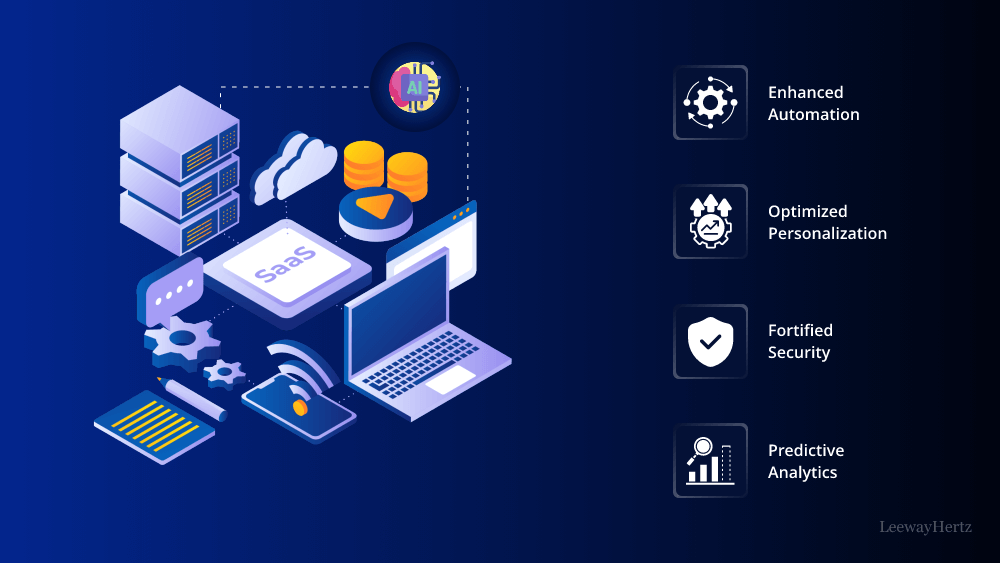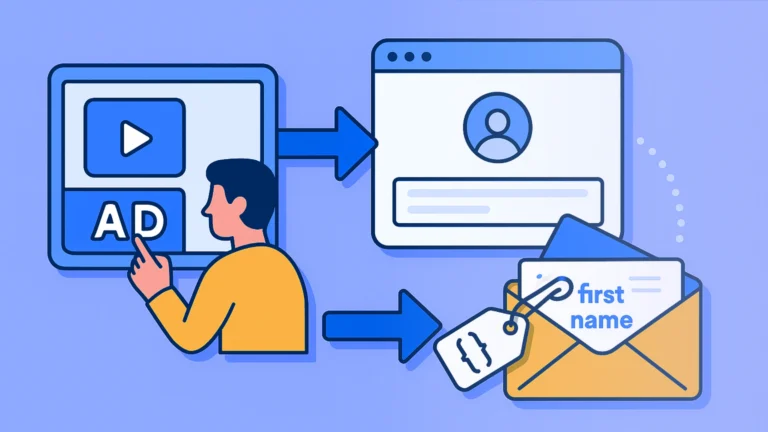How AI SaaS Product Classification Criteria Define Business Growth
In today’s ever-shifting digital space, businesses need more than just smart tools—they need smart ways to organize and deploy those tools. That’s where the idea of carefully classifying AI SaaS products comes in. Far from being a mere technical detail, this process has become a vital part of how companies succeed, compete, and grow.
Whether you’re launching a new platform or scaling an existing solution, understanding ai saas product classification criteria can be the make-or-break factor for long-term impact. In this guide, we’ll explore how intelligent categorization changes the game, helps companies streamline their systems, and brings clarity to complex product ecosystems.
Decoding the Nature of AI SaaS Solutions
AI SaaS—short for Artificial Intelligence Software as a Service—represents a fusion of innovation and convenience. At its core, it allows businesses to tap into powerful AI capabilities through cloud access, eliminating the need for hefty installations or high-maintenance infrastructure.
From automated decision-making and real-time analytics to natural language processing and behavior prediction, AI SaaS tools are redefining workflows. Their power lies in flexibility—whether that’s adapting subscription models, scaling services, or integrating new features based on client needs.
Industries ranging from retail to finance and healthcare are already leveraging this model to cut costs, automate operations, and uncover hidden opportunities.
Why Structure Matters More Than Ever
When AI SaaS products are poorly classified, users end up lost in a sea of features they don’t understand. Proper organization solves that.
Effective product grouping helps potential users immediately see the value a platform offers. It also reduces onboarding time and ensures clients find exactly what they need—without sifting through irrelevant options. Internally, this organization supports marketing campaigns, sales targeting, and pricing strategies that align better with real-world usage.
It’s not just about convenience. Clean structure fosters better communication between teams, improves support delivery, and makes future upgrades easier to plan and execute.
What Makes a Good Classification Approach?
No universal playbook exists, but certain markers separate successful AI SaaS categorization from ineffective ones.
- Customer-centric logic: Categories should reflect how end users think and what problems they want solved. The aim is clarity, not complexity.
- Scalability: As platforms evolve, so must their structure. Classification systems should be flexible enough to accommodate new modules, updates, or even entire product lines.
- Cross-functional insight: Inputs from sales, development, and customer service create a broader view of how products are understood and used.
- Consistent naming conventions: This ensures cohesion across interfaces, documentation, and support channels.
These elements create a map that’s intuitive to customers while staying robust enough for internal operations.
How Data Powers Better Product Logic
The success of AI SaaS classification often hinges on data: how it’s collected, analyzed, and applied.
With the right data strategy, companies can trace behavior patterns, track product performance, and understand user engagement. These insights help define categories that reflect real-world usage rather than assumptions.
Machine learning algorithms accelerate the process. Over time, these systems identify trends and outliers, leading to refinements that keep classification systems accurate even as customer behavior shifts.
Natural language processing also plays a critical role. By analyzing product descriptions and user queries, it ensures categories mirror user intent—not just developer logic.
In short, data turns classification from a static framework into a living, learning ecosystem.
When Real Companies Get It Right
Across industries, forward-thinking organizations are proving how much product classification can affect bottom lines.
Take a global logistics firm that segmented its AI SaaS tools based on task urgency and integration needs. The result? Improved employee adoption rates and a 30% increase in operational efficiency.
In the public health sector, a digital diagnostics provider overhauled its product labels to better reflect common medical workflows. This helped clinicians access decision-support tools 40% faster during emergencies.
Even mid-sized tech startups are catching on. One notable case involved reclassifying product tiers based on customer lifecycle stages, which led to fewer service tickets and improved upgrade conversions.
These aren’t isolated wins—they’re proof that structured thinking leads to better outcomes.
Navigating Common Hurdles in Categorization
Of course, no system is without its challenges. The rapid pace of AI evolution often leaves businesses struggling to keep classifications relevant. A tool that’s cutting-edge today might be outdated tomorrow.
Another common issue is inconsistency across departments. When marketing, engineering, and support teams each describe products differently, confusion multiplies—for everyone involved.
There’s also the risk of overcomplication. Some companies try to be so precise that they create dozens of subcategories, leading to more friction than clarity.
Solutions include regular alignment sessions across departments, real-time usage data analysis, and periodic audits. A lean but flexible model is usually more sustainable than a hyper-detailed one.
Role of Feedback in Fine-Tuning Structure
User input is gold. No algorithm can fully replace the nuances that come from human feedback.
Behavioral analytics—like which pages users linger on, or which support documents they access—offer silent clues about how well your current classification system is working. Surveys and support tickets provide direct insight.
A looped feedback mechanism, where insights continually update how products are grouped and presented, allows the system to improve naturally over time. It also shows customers you’re listening and adapting.
This iterative process ensures that ai saas product classification criteria remain relevant and aligned with what users actually want.
Shifts Shaping Tomorrow’s Categorization Models
The future brings both promise and pressure.
Technologies like voice search and AI copilots will demand even more intuitive product structures. Customers will expect to find what they need without browsing menus or reading documentation.
Meanwhile, ethical design considerations are beginning to influence categorization logic. Developers are being asked to avoid bias, ensure accessibility, and reflect a diversity of use cases.
Platform neutrality is another rising trend. As more hybrid SaaS environments emerge, classification models must work consistently across web, mobile, and embedded systems.
Expect predictive tagging to become more common, allowing platforms to proactively suggest features or tools based on contextual user behavior.
Final Thoughts: Building with Purpose
Mastering ai saas product classification criteria isn’t just a technical task—it’s a strategic decision that affects customer experience, revenue, and innovation.
The better you understand your users and the landscape you’re working in, the smarter your classification decisions will be. In return, you’ll see clearer product roadmaps, stronger customer loyalty, and a brand that speaks the language of its users.
As AI continues to evolve, product structures must evolve with it. By investing thought, data, and real feedback into the process, companies ensure that their systems not only grow but grow with purpose.
Clearing Up Confusion
Q1: What exactly does product classification mean in an AI SaaS context?
It refers to the way AI-powered tools and services are grouped and labeled to improve usability, searchability, and functionality for both customers and internal teams.
Q2: How often should companies revisit their product classification structure?
Ideally, reviews should happen quarterly or whenever major feature changes or user behavior shifts are identified.
Q3: Is machine learning necessary for product classification?
While not mandatory, machine learning can greatly enhance the accuracy and adaptability of classification systems over time.
Q4: What’s the difference between tagging and classification?
Tagging adds metadata for search and filtering, while classification involves structural grouping that defines product roles and relationships.
Q5: Can bad classification actually affect business outcomes?
Absolutely. Poor classification leads to customer confusion, inefficient internal processes, and missed sales opportunities.






